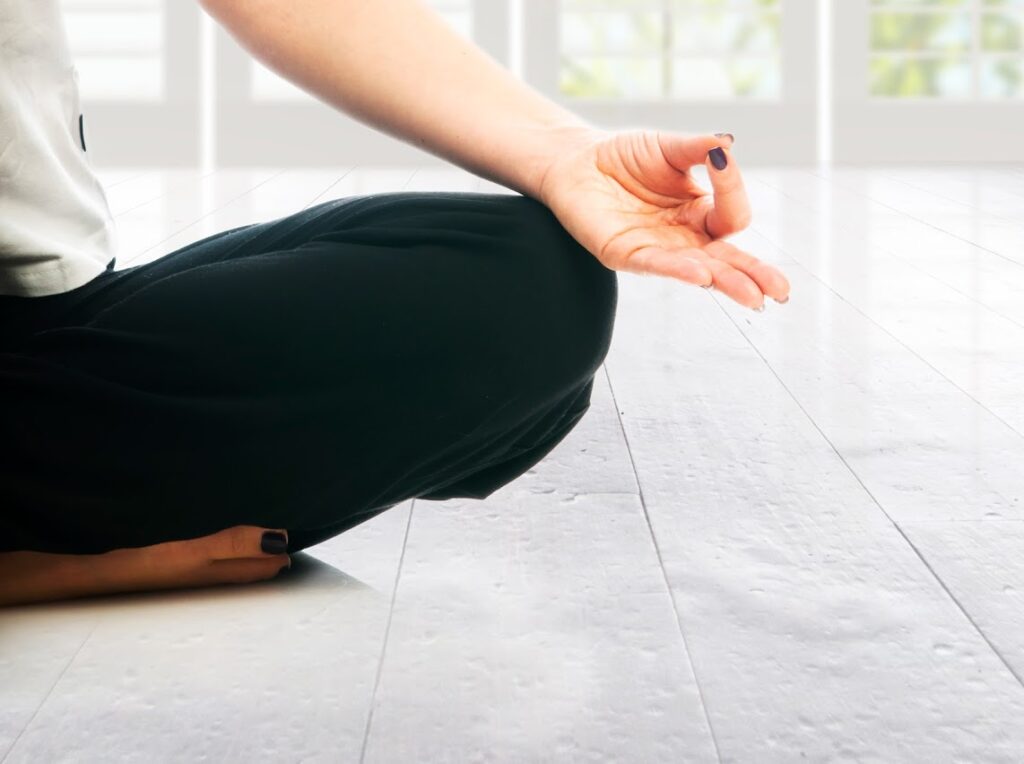
Painting Your Meditation Room? 4 Suggestions
Meditation rooms are calm, low-key places. One of the ways that you can create a quiet, zen-like environment is by using good painting practices. By choosing the right Pittsburgh meditation room paint colors and paint for the walls and by hiring a professional to paint your meditation room, you can ensure that your meditation room will be a good place for clearing your mind and engaging in meditation. The following tips can help.
1. Select Low-Sheen Paint
The sheen of your paint matters in a meditation room. Some paints are low-sheen, which reflects little light back into the room, while others are high-sheen. High-sheen paints are hard, shiny, and glossy. High-sheen paints are commonly found in the bathroom or the kitchen, where the walls must be capable of repelling moisture. High-sheen paints are easy to clean because they do not absorb moisture from liquids.
Low-sheen paints, on the other hand, absorb light and moisture. These matte and flat-finish paints have little or no reflective qualities. They’re perfect for meditation rooms because the lack of reflection makes it easier to control the quality of light in the room. In this way, low-sheen paints help create a calm environment.
The biggest downsides to flat and matte paints is that they can be hard to clean. However, most meditation rooms are at low-risk for stains on the walls. If you plan to touch the walls of your meditation room frequently, or if your meditation room is connected to a room like your kitchen, consider painting the walls in a glossier paint type.
2. Choose Calming Colors
Paint your walls in Pittsburgh meditation room paint colors that will recede into the background while creating an environment where you can relax. Neutral colors like gray, brown, gray-blue, and gray-green are all excellent options. When you select a color for your meditation room, consider the décor and furnishings in the room. Coordinate the walls to the other objects and furnishings in the room.
When it comes to color, subtle differences have a big impact. Swatches at paint stores provide limited insight into the way the paint will appear when it’s actually on your walls. Before you make your final selection, paint samples on one wall. Allow the samples to dry, and view them at different times of day to decide which color is most appropriate for your meditation room.
3. Use Low-VOC Paint
VOC stands for volatile organic compound. VOCs are found in many household products, including paint. VOCs in your paint can reduce your home’s indoor air quality. VOCs are toxic and can exacerbate respiratory conditions. They also impact the environment in your home by leaving a scent that can take a while to go away.
You can avoid problem odors created by VOCs by using a low-VOC paint in your meditation room. This limits the odors in the room and helps create a calm environment where you can focus on your internal thoughts rather than on the room around you. If you choose not to use low-VOC paint, ventilate the room well by opening the windows. Let the paint sit for a while before you use the space for meditation.
4. Hire a Professional Painter
The best way to ensure that your meditation room will be attractive is to hire a professional painter to do the work. A professional painter will ensure that the work is done right, without splatters on the floor or ceiling. This way, when the time comes to decorate your space, you won’t be distracted by mistakes or accidents.
Want more suggestions for painting your meditation room? Contact the professionals at Fagan Painting LLC. We can give you suggestions that will help you choose perfect Pittsburgh meditation room paint colors. Call today to make an appointment.
